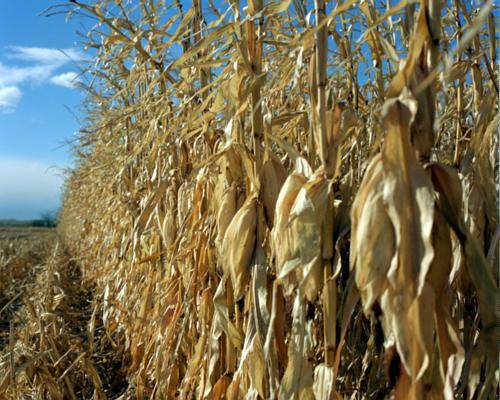 September is a pleasant month in Champaign County. Before the corn is harvested, late afternoon light on the fields creates such a glowing vision of greens, golds and reds that one can almost, with a little squinting, imagine the original prairie.
September is a pleasant month in Champaign County. Before the corn is harvested, late afternoon light on the fields creates such a glowing vision of greens, golds and reds that one can almost, with a little squinting, imagine the original prairie.
Those who first broke out of the eastern woodlands often recorded their awe as they came upon the prairie. A sea of grasses and flowers six to ten feet high, swaying in the breeze and tracing all the undulations of the glaciated plains. The French called it Grande Prairie. While early nineteenth century Romanticism colors many of these accounts, some visitors, notably Dickens, found it a bit dreary. Others were utilitarian: this was a place for industry.
September tones are intoxicating, but illusory. A lulling sense of nature, plenty and an imagined past fuels a desire to embrace and preserve farmland. But come November, what Grande Prairie has become is obvious — one of the world’s largest factory floors.
During the Champaign County “big-small-all” planning process in 2005 and 2006, I made a proposal that might have been seen as advocating the seizure of farmland and redistributing it in small plots to the local reserve army of labor, who would then grow healthy food for people instead of feedstock for industry. That caught the attention of some Farm Bureau folks, who arrived at the next meeting to express concern.
What followed was a conversation with a big Pesotum corn ‘n bean farmer, a Mahomet housing developer and me. We were to come up with a unified position — a compromise — on land-use issues to pass on to the next level of planning decision-making. We could not.
It was a friendly debate about farm subsidies, housing, ecology, the efficiency of markets in land-use, etc., but it was clear compromise was unobtainable. We were fine with that; it was a fundamental issue that would not be solved here. Our discussions never made it to the next level, and big -mall-all dribbled on to its destination, the dust bin.
Still, the project created a remarkably green vision for the county. Then, real estate interests, big agriculture interests, and the News-Gazette weighed in and gave the whole thing the heave-ho. That those who have vested interest in how land is used would hold sway is not unusual. T’was ever thus.
For the town-dweller, land-use is often an aesthetic issue. They want a romantic vista, uncluttered by vinyl-sided oversized houses. For some, however, those houses are no worse than the creepy cloned landscape of fields of identical plants stretching to the horizon.
There’s no need to rehash the horrors of industrial agriculture. The transformation of the yeoman into the agribusiness producer who grinds out everything that prevents any square inch of dirt from receiving a genetically modified corn seed, imported nutrients and Roundup has been well documented. Osage Orange windbreaks, farmhouses, old barns, fences — all uprooted in service to the calculus of marginal gain and the game of yield uber alles.
The sustainable movement proposes an alternative, yet too often, a backward-looking romantic aestheticism organizes the whole vision. (I hasten to add there are many solid scientific, economic and moral reasons for sustainable agriculture).
At a meeting on the ACES campus on how to advance sustainable agriculture, someone in the College suggested we use the iconography of a 1940s farm, because it had positive resonance. Deploying this romantic lens seemed somewhat sensible, but how would this differentiate sustainable agriculture from conventional agriculture, which uses the same iconography? There, when there is a need to shore up positive public opinion, the agribusiness producer suddenly morphs into the independent farmer with apple-cheeked children.
And why the 1940s as a golden age? Where do we stop on the time line of a particular place, and declare it ideal? Why not the 1840s, or the 1740s when the Kickapoo were planting their corn, beans and squash and hunting buffalo across these prairies? The actual history of Euro-agriculture is not all that inspiring, unless land speculation, vast cattle bonanza farms, steam shovel ditching, land engrossment, tenancy, looking at a mule’s ass for 12 hours, get-big-or-get-out fence-row-to-fence-row-planting, diesel fumes, and soil erosion and compaction inspire you.
The golden age of wholesome family farms is a pastoral invention that has a hold on our psyches that reaches back to Jefferson. Still, there is something there in our mythologies and even in reality, at the margins. You see it in the old-fashioned sense of the Urbana farmers markets, the desire for local tasty healthy foods and knowing your farmer. These are all good things, but why didn’t they last the last time? Are we different now? How vested are the sustainable folks? Are they stickers, or are they as transient as the rest of this university community? Already there are murmurs of discontent as more and more sustainable farmers begin to feel the bite of competition. It’s been a slow slog to develop the little sustainable agriculture we have in the county, but it won’t be long before that romantic component will need to be weighed against economic realities and new strategies devised.








